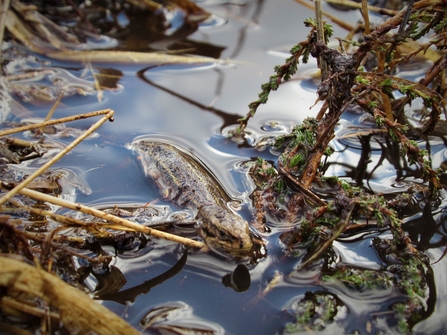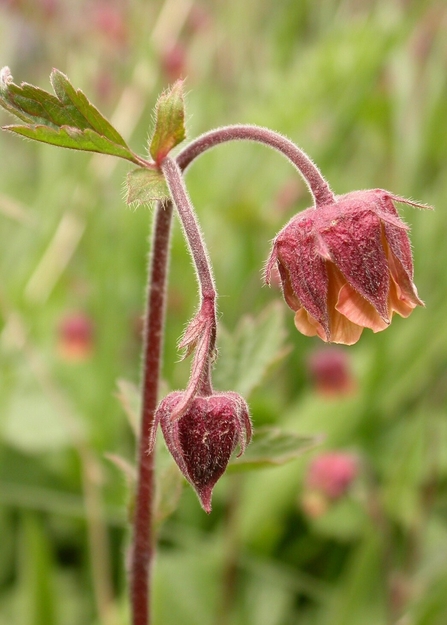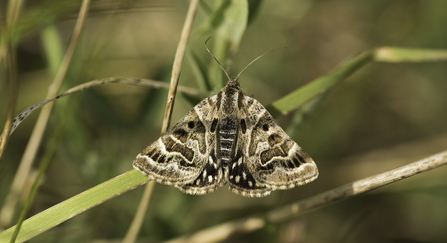Brockholes
Last month we reached a new milestone with two new bee species taking the Brockholes bee list to a remarkable 60 species! The two newcomers are Geoffroy's blood bee (one of the smallest members of this family of solitary bees) and the least furrow bee (which loves habitats with sandy soil – like Brockholes!).
As well as some VIBs, Brockholes filled with some VIPs (Very Important Plants) last month. Ragged robin, greater stitchwort, herb Robert, germander speedwell, yellow rattle and guelder rose added a riot of colour and scent to the reserve, much to the delight of garden bumblebees and small copper, common blue, speckled wood, small white and green-veined white butterflies.
The Brockholes baby boom officially began in May, with moorhen and coot chicks paddling after their parents and a female goosander swimming around with her young on her back. Most excitingly, terns nested on our tern rafts! We have a live camera on one of the rafts so you can watch the tern pair raising their chicks.
Our tern rafts are really important because they mimic the gravelly shores where common terns like to nest, but it costs £250 to make a single raft! Can you spare a donation to help us build more tern rafts and increase the breeding population of common terns?




